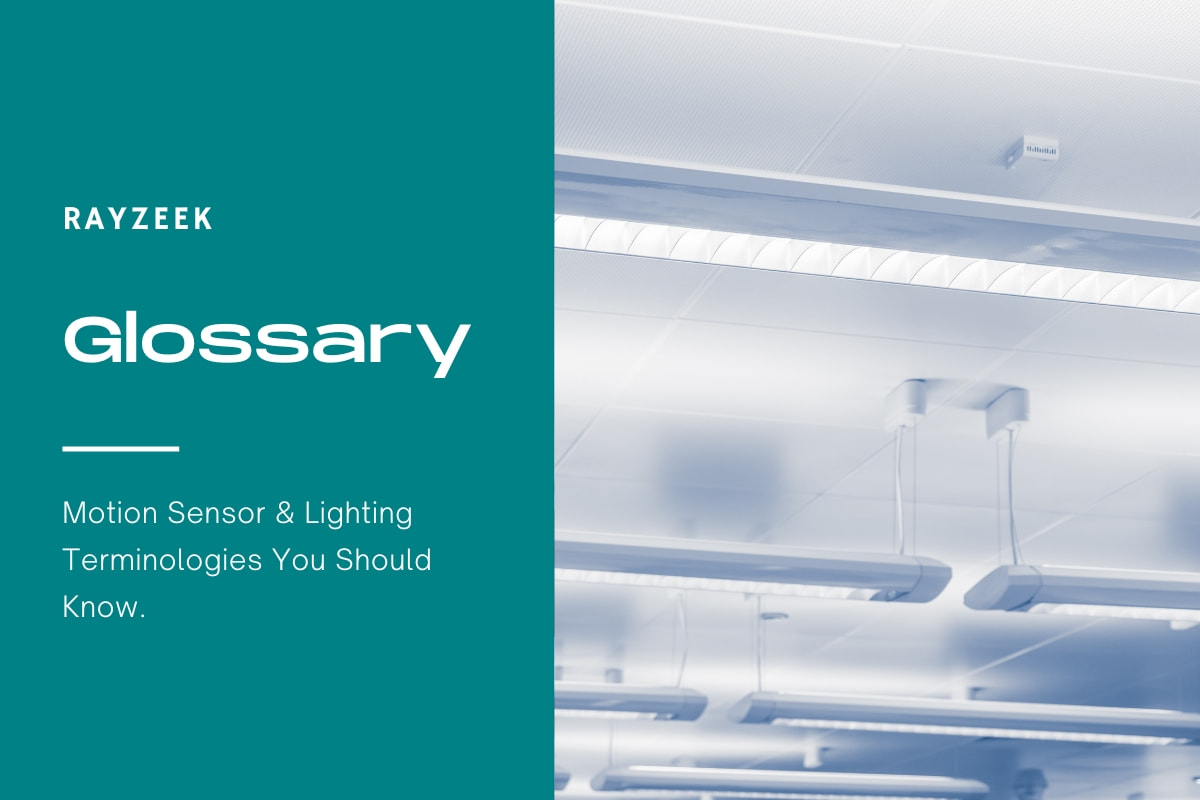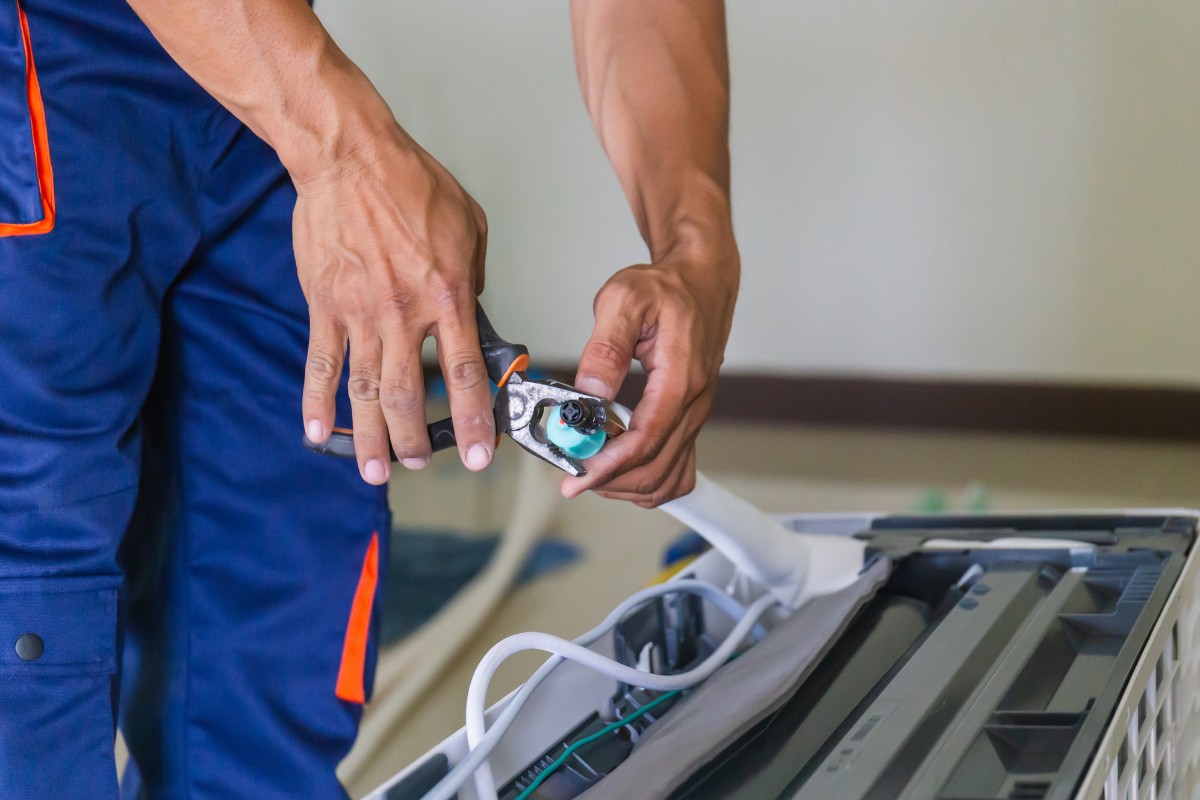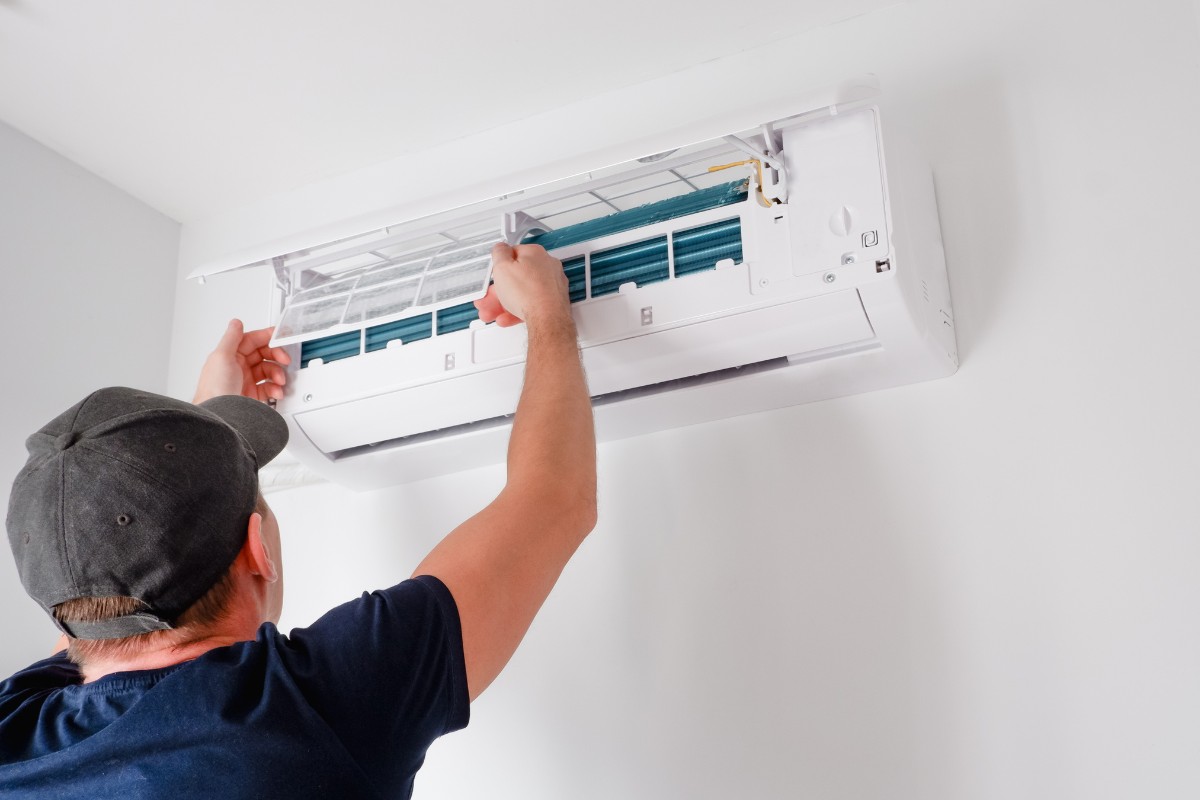What is Direct Current (DC)
Direct Current (DC) is a type of electrical current that flows in a single direction without changing polarity. Unlike Alternating Current (AC), which periodically changes direction, DC provides a constant voltage or current. It can be obtained from various sources such as batteries, solar cells, fuel cells, and modified alternators. DC power is known for its consistency in voltage delivery, making it a preferred choice for many electronic devices. These devices often rely on DC power sources like batteries.
Inspirujte se portfoliem pohybových senzorů Rayzeek.
Nenašli jste to, co jste chtěli? Nebojte se. Vždy existují alternativní způsoby řešení vašich problémů. Možná vám pomůže některé z našich portfolií.
DC power can also be created from AC power by using a rectifier, which converts AC to DC. This conversion process allows electronic devices to convert the AC power available from outlets into the DC power they require. Additionally, a transformer may be used to adjust the voltage level of the DC power to match the requirements of the device. Not all electrical devices utilize DC power. Many household appliances, such as lamps, washing machines, and refrigerators, operate on AC power directly supplied from the power grid.
Často kladené otázky
Can You Run a House on DC Power
The reason why DC current is not commonly used in residential homes can be traced back to the inherent properties and limitations of direct currents when compared to Alternating Currents (AC). AC currents, on the other hand, have the advantage of being easily transmitted over long distances with minimal loss. Additionally, they are considered safer to touch directly at the same voltage.
Why DC Current Is Not Used in Homes
DC current is not commonly used in homes due to several reasons. Firstly, generating DC current is challenging as it is primarily produced by batteries and electrochemical or photovoltaic cells. Additionally, direct current experiences higher power loss during transmission compared to alternating current.
What Happens When an LED Is Directly Connected to a Power Supply
If an LED is connected directly to a power supply, it will attempt to dissipate the maximum amount of power it is permitted to draw. However, this can lead to its own destruction. Therefore, it is crucial to regulate and restrict the current flowing through the LED.
Can LEDs Work on Both AC and DC
LED lights have the capability to function with both AC and DC power sources. In fact, LED lights operate by converting AC voltage into regulated DC voltages. It is important to note that each individual LED, being a diode, can work with both AC and DC within its design limits, as long as there is a series current limiting resistor in place.
Will a Bulb Glow in DC Current
When a bulb and capacitor are connected in series to a DC current, the bulb will not glow at all. This is because the capacitor offers infinite resistance to DC current, resulting in no current flow and therefore no glow from the bulb.
What Are the Disadvantages of DC Electricity
Electricity is transmitted through wires, and when it is in the form of Direct Current (DC), a significant amount of electricity is lost and converted into heat. This loss of energy is a major drawback of using DC electricity.









